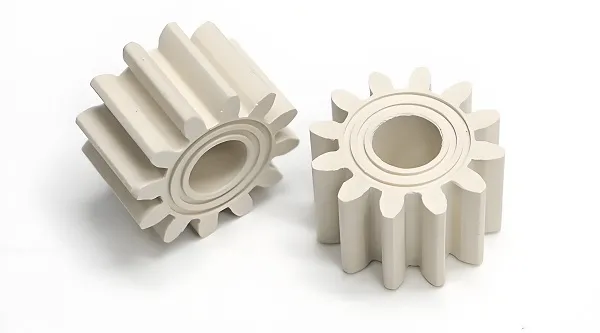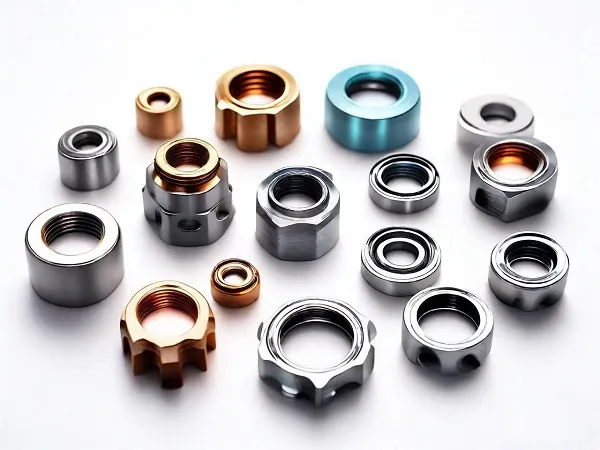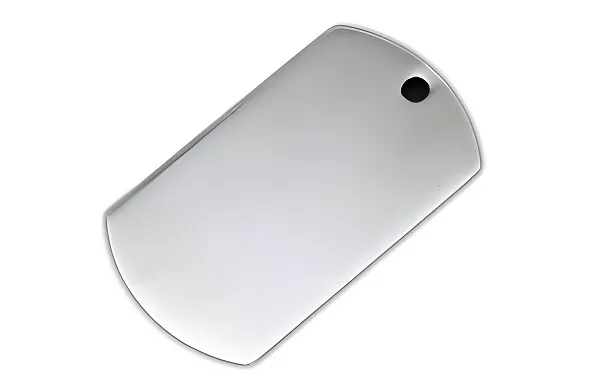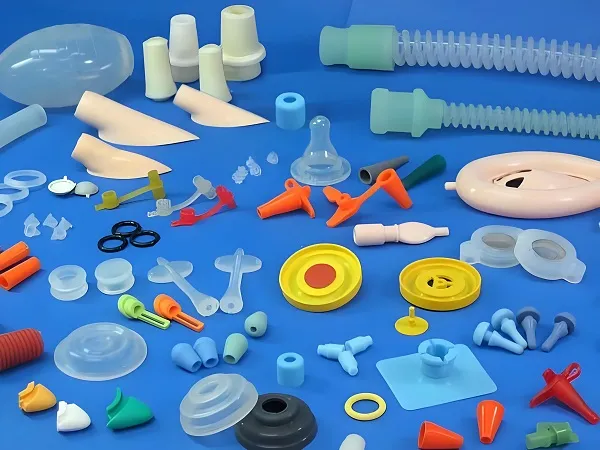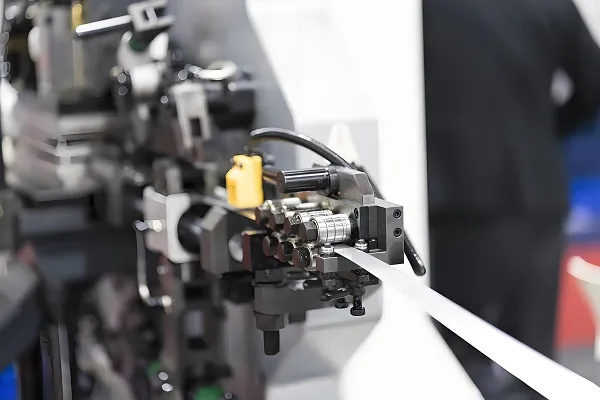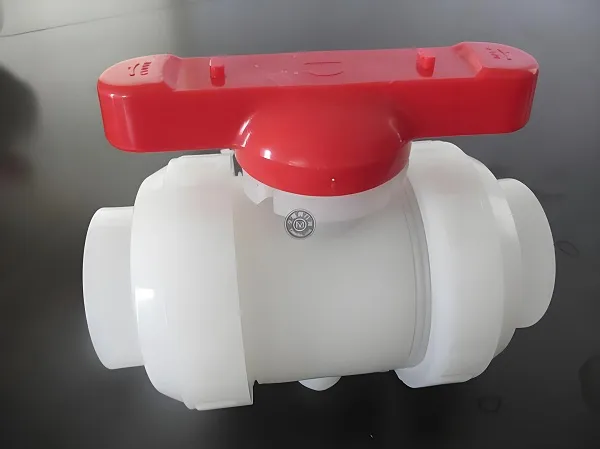As an important part of modern manufacturing technology, customized 3D printed steel parts are gradually changing the face of traditional manufacturing industry with its unique process, high precision, flexibility and wide application prospects. In this paper, we will discuss the advantages and challenges of customized 3D printed steel parts in detail from five aspects: process selection, material properties, design freedom, customization process and application prospects.

1. Process selection: diverse technology paths
The process of 3D printing steel parts mainly includes metal powder bed melting (e.g., selective laser melting SLM, electron beam melting EBM), metal binder jetting (e.g., multi-jet fusion MJF), and direct energy deposition (e.g., direct metal deposition DED).
Metal Powder Bed Melting: Melting metal powder layer by layer by laser or electron beam to form dense metal parts.SLM technology is the first choice for manufacturing complex structures and high performance parts due to its high precision and strength.EBM is suitable for rapid manufacturing of large parts with less thermal impact on the material.
Metal binder jetting: metal powder is mixed with binder and jetted, then cured by laser. mjf technology reduces costs, improves material utilization, and is suitable for the manufacture of a wide range of metal materials. However, subsequent heat treatment and degreasing processes add complexity to manufacturing costs.
Direct Energy Deposition (DED): The laser or electron beam is scanned directly on the surface of the workpiece while supplying the metal material to achieve rapid deposition.DED technology is suitable for repairing, coating or manufacturing large metal parts, with the advantages of efficient material use, high part density and good mechanical properties.
2. Material properties: the wide application of stainless steel
Stainless steel as the main material for 3D printing steel parts, with excellent corrosion resistance, high strength, high temperature oxidation resistance and other characteristics, suitable for 99% of industrial applications.
Corrosion resistance: the chromium-rich oxide film on the surface of stainless steel can effectively resist the erosion of the atmosphere, water and a variety of chemical media to maintain stable performance.
High strength: 3D printing stainless steel products have high yield strength and tensile strength, able to withstand large external forces and impacts.
High-temperature oxidation resistance: stainless steel can still maintain good antioxidant properties in high-temperature environments, and is not easy to oxidize and deform.
Design Freedom: The wide application of stainless steel, combined with the high design freedom of 3D printing technology, enables customized parts to meet the needs of complex structures and personalization.
3. Design Freedom: Breaking the limitations of traditional manufacturing
3D printing technology is not limited by traditional manufacturing processes, and is able to produce parts with complex shapes and diverse structures, providing designers with greater creative space.
Complex geometry: By stacking metal powders layer by layer, 3D printing technology can create complex geometries and internal structures that are difficult to achieve with traditional methods.
Personalized customization: According to customer demand, 3D printing technology can quickly generate customized parts to meet the production mode of small-lot and multi-variety.
Optimization of structure: Through 3D printing technology, the structure of parts can be optimized to reduce weight, improve performance and reduce costs.
4. Customization process: fine management from design to post-processing
The process of customizing 3D printed steel parts includes steps such as design, pre-printing preparation, printing, and post-processing.
Design: Use CAD software to create a 3D model of the part for structural optimization and material selection.
Pre-printing preparation: This includes powder treatment, substrate adjustment, and protective gas charging to ensure print quality.
Printing: According to the selected process, import the designed model into the 3D printer and start printing layer by layer.
Post-processing: Including heat treatment stress relief, wire cutting separation, support removal, sanding, sandblasting, polishing and other steps to obtain the final metal parts.
5. Application Prospects: Wide and Far-reaching Implications
The application areas of custom 3D printed steel parts are extremely broad, covering almost every aspect of manufacturing.
Aerospace: for the manufacture of engine parts, complex structural components, etc., to reduce weight, improve performance and reduce costs.
Automotive manufacturing: to manufacture engine parts, exhaust pipes and other key components, to improve performance and durability, and to meet individual needs.
Medical Devices: Utilizing the good biocompatibility and corrosion resistance of stainless steel to manufacture hip implants, dental restorations, etc., to improve therapeutic effects.
Art production: provide more creative possibilities for artists to produce artworks with unique shapes and complex structures.
However, customized 3D printed steel parts also face some challenges, such as precision limitations, airtightness requirements, and printing conditions. Therefore, the specific needs of the part, cost-effectiveness, and complexity of the post-processing process need to be considered when choosing a 3D printing technology.
In summary, customized 3D printed steel parts are gradually changing the face of manufacturing with their unique process, superior material properties, and wide application prospects. With the continuous progress of technology and the expansion of application areas, we have reason to believe that the future of 3D printed steel parts will lead the manufacturing industry towards a more intelligent, efficient and sustainable development path.

